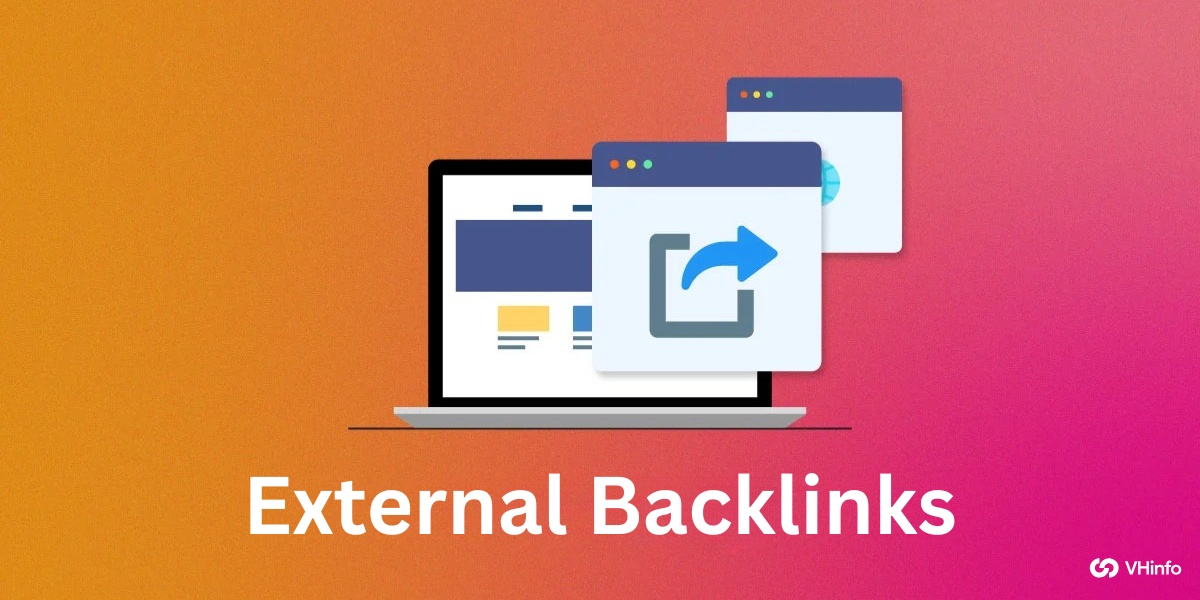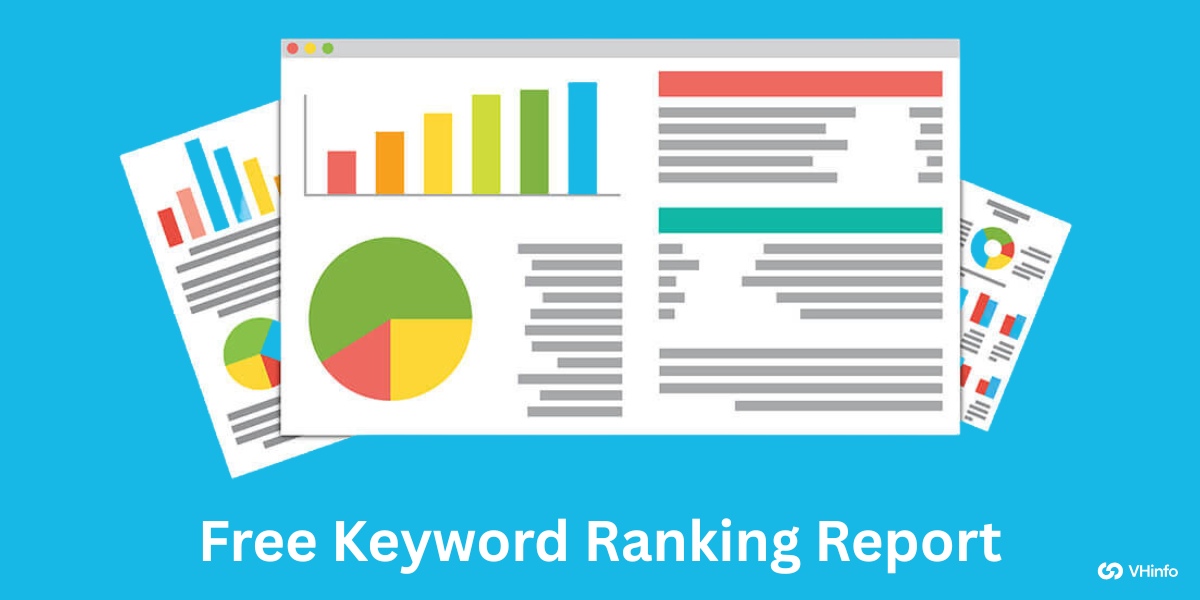Talking to customers isn’t just about solving problems—it’s about how you make them feel along the way. Good communication can turn a regular interaction into something memorable, while a sour exchange might send folks running to a competitor. Did you know that 74% of customers ditch a brand after too many bad experiences? That’s a big deal. When you keep things clear and upbeat, it builds trust and leaves people smiling.
Using positive customer service phrases is like rolling out the welcome mat, even when things get tricky. It’s all about focusing on what you can do for someone rather than what’s off the table. That shift alone can make customers feel like they matter, not just another ticket number.

What Is Positive Language in Customer Service?
Positive language is all about picking words that lift people up and point toward solutions. It’s less “here’s the problem” and more “here’s how we’ll fix it.” Even when something goes wrong, it keeps customers feeling supported instead of brushed off.
On the flip side, negative language can tank a conversation fast. Saying stuff like “I can’t help you” or “That’s not an option” is a quick way to annoy someone. But flip it to “Here’s what I can do for you” or “Let me figure this out,” and suddenly the vibe changes. It’s a small tweak with a big payoff.
Enhancing Customer Experience
A cheerful tone can work wonders, even when a customer’s ready to pull their hair out. When reps sound encouraging, it shows respect—and that goes a long way. Handling a complaint with a supportive “We’ll sort this out together” beats a flat “Sorry, that’s the policy” any day. It eases tension and keeps people happy.
Customers stick around when they feel cared for. Swap “You’ll have to wait” for “Thanks for hanging in there while I get this sorted,” and you’ve got a whole different experience. Little changes like that make people feel good about sticking with you. Modern customer experience technology can empower your team to communicate positively and efficiently. Tools like the Listen360 platform help track feedback and streamline interactions, fostering an environment where positive language becomes second nature.
Reducing Misunderstandings and Conflict
When you’re clear and kind, it’s harder for things to get lost in translation. Customers calling in are often already on edge—fuzzy or harsh words just make it worse. Positive phrasing keeps things simple and smooths over rough patches.
Misunderstandings can spark conflicts fast. Imagine a customer upset about a late delivery hearing “That’s not my problem.” Ouch. Now try “Let me get you to someone who can help.” Way better, right? It turns a dead end into a step forward.
Boosting Customer Loyalty and Retention
People love brands that treat them right. When they feel listened to and valued, they’re more likely to come back. A positive chat can spark a real connection—not just a transaction.
Even tiny word swaps can shift how a company looks in someone’s eyes. Ditch “Sorry, we can’t do that” for “Let’s see what else might work.” It’s friendlier and keeps the door open. Those moments add up, turning casual buyers into loyal fans.
Improving Employee Morale and Performance
Here’s a bonus: positive language isn’t just for customers—it’s a mood-lifter for employees, too. When reps focus on being helpful and upbeat, they feel good about what they’re doing. It’s a lot more rewarding than rattling off “no” all day.
A team that’s all about positivity stays fired up and connected. Seeing their words make a difference boosts pride and keeps folks from burning out. It’s a win-win—happier staff, happier customers.

Practical Tips for Implementing Positive Language
Want to bring positive language to life? Start small. Swap “I don’t know” for “I’ll dig into that for you.” It’s easy and feels natural with a bit of practice.
Training can seal the deal. Get the team together for some role-playing—try turning grumpy complaints into cheerful fixes. It’s less about memorizing scripts and more about getting into a helpful groove. Before long, it’s second nature.
The Takeaway
Positive language is a game-changer in customer service. It smooths out rough spots, clears up confusion, and builds bonds that last. Companies that lean into this vibe set themselves up for loyal customers and a happier crew.
It takes a little effort—some training, a few tweaks here and there—but the impact is huge. When you nail that constructive, friendly tone, everyone wins. Who wouldn’t want that?


